Italian motorists are required to equip themselves with winter tires or chains by November 15th. But what is the risk of those who do not respect the law? What are the things you need to know to avoid incurring unwanted sanctions? Let’s find out together in detail!
Like every year, Italian motorists have time until November 15th to comply with the Highway Code regulations relating to winter equipment. We are obviously talking about tires and snow chains. The obligation concerns all vehicles, including heavy ones.
The application of the legislation, together with the reporting by means of specific road signs or billboards, is managed by the individual bodies (public or private) responsible for the stretch of road we are traveling on.
Let us remember that, regardless of who manages a specific stretch of road, the obligation will start from the warning sign and, if not in compliance, we will still be potentially in contravention.

Are winter tires or chains better?
There is no precise answer, given that no specific test has ever demonstrated the absolute superiority of chains compared to winter tyres. However, on roads covered in heavy snow or in the presence of ice or steep slopes, many prefer them, praising their better grip.
So it will be our specific need to show us which is the right solution for us: the Highway Code in fact considers winter tires and snow chains as alternative solutions to each other.
Coming instead to the economic aspect, chains are certainly the least expensive choice, advisable for those who rarely travel on roads at risk of heavy snow. Those who frequently travel on challenging roads should consider purchasing winter tires.
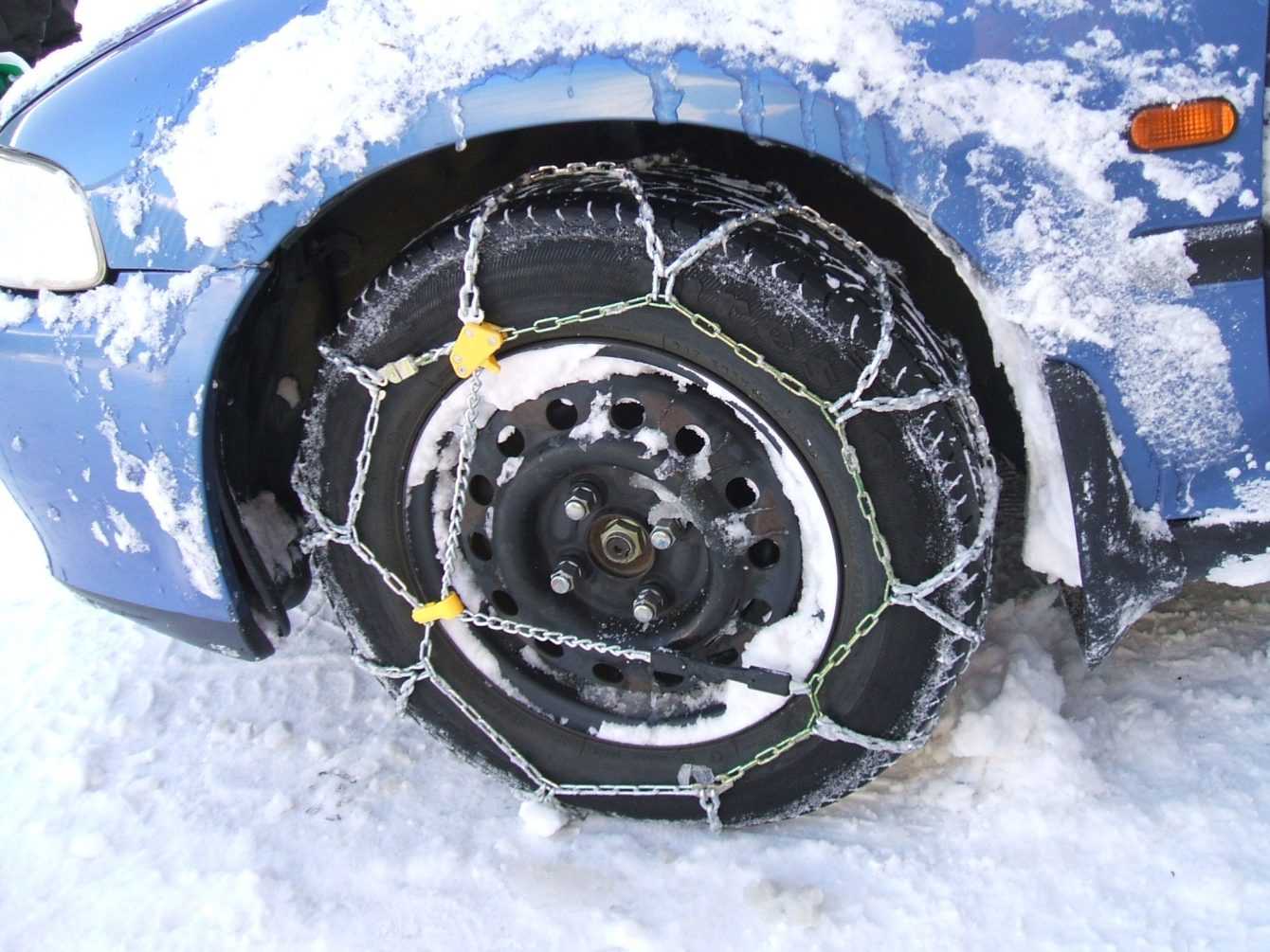
Winter tyres: who is right for them?
As already mentioned, for those who do not often travel on roads where the climate is particularly demanding, chains may also be sufficient. Let us remember, however, that to ensure our safety and to protect us from fines, they must be of the correct size for our tires and must bear a valid approval.
The same goes for winter tires which, in addition to having to bear the correct marking, must also be of good quality to ensure safe driving. Those who choose them do so precisely to have better grip even with low temperatures and damp or wet asphalt: it is therefore useless to choose poor-quality or non-compliant products.
Winter tires are an excellent alternative for those who cover a lot of kilometers but they obviously have the disadvantage of the seasonal changewith related labor and storage costs: let’s take this into consideration when we evaluate them.

What do violators risk?
Whether due to a banal oversight or voluntary negligence, the law is clear: our vehicles must be equipped with snow tires, or alternatively chains, starting from from November 15th to April 15th of the following year.
However, it is permitted to change tires as early as October 15th, and to refit summer tires until May 15th. Anyone who does not comply with these regulations, or installs non-approved products, is at risk an administrative fine ranging from 41 to 338 euros depending on the type of road (urban, extra-urban, motorway) on which he is stopped by the police.
In the most serious cases there is even a risk administrative detention of the vehicle until it is adapted to the specific legislation.
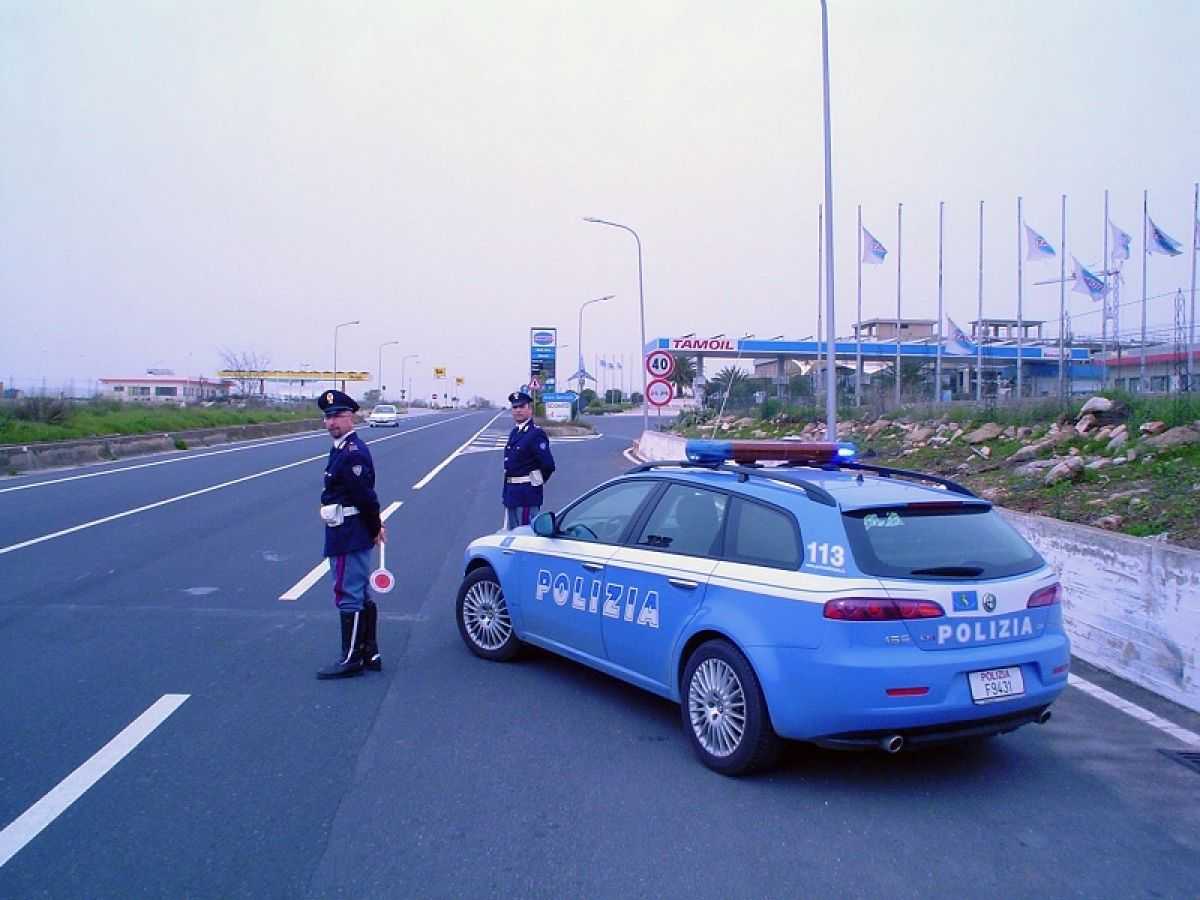
Winter equipment: some final advice
As we well know, respecting the Highway Code in general is not the only thing a civic duty but also a fundamental guarantee for our safety and that of others. Therefore, regardless of legal obligations, we always carefully evaluate the conditions of our vehicle’s equipment and, if necessary, resolve technical problems or deficiencies in the equipment.
We are always careful about quality of accessories that we buy: never like in this case saving too much can be very expensive! Let’s remember then, if we choose snow chains, to learn how to use them. Even if we buy them only to comply with the legal obligation, it is still useful to know how to assemble them: better to learn to do it calmly and comfortably rather than find yourself improvising under heavy snow!
Last tip, but not in order of importance, we always adapt our pace to climatic and traffic conditions: no safety device can replace our common sense!
To stay up to date on the latest news from the world of motors, continue to follow the tuttotek pages.







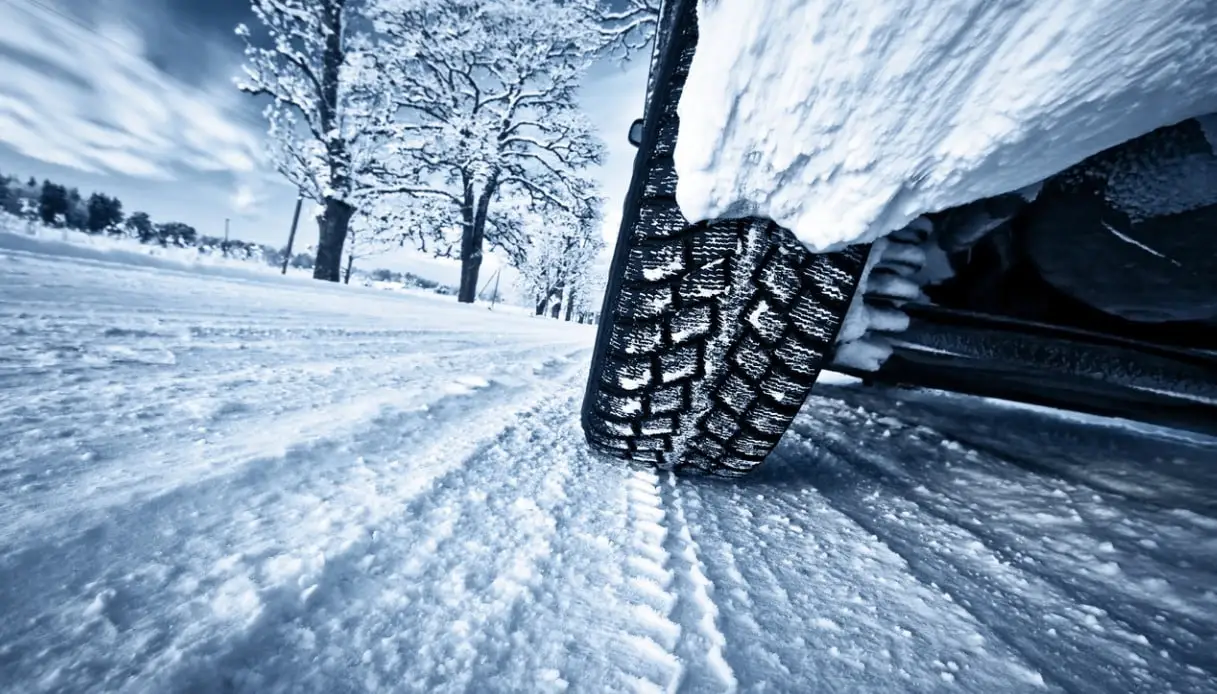




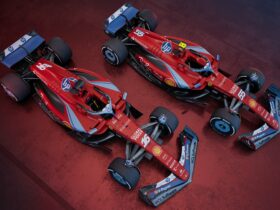
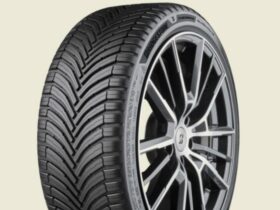
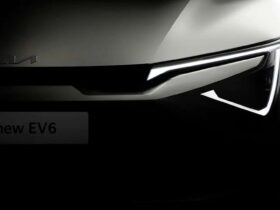
Leave a Reply
View Comments